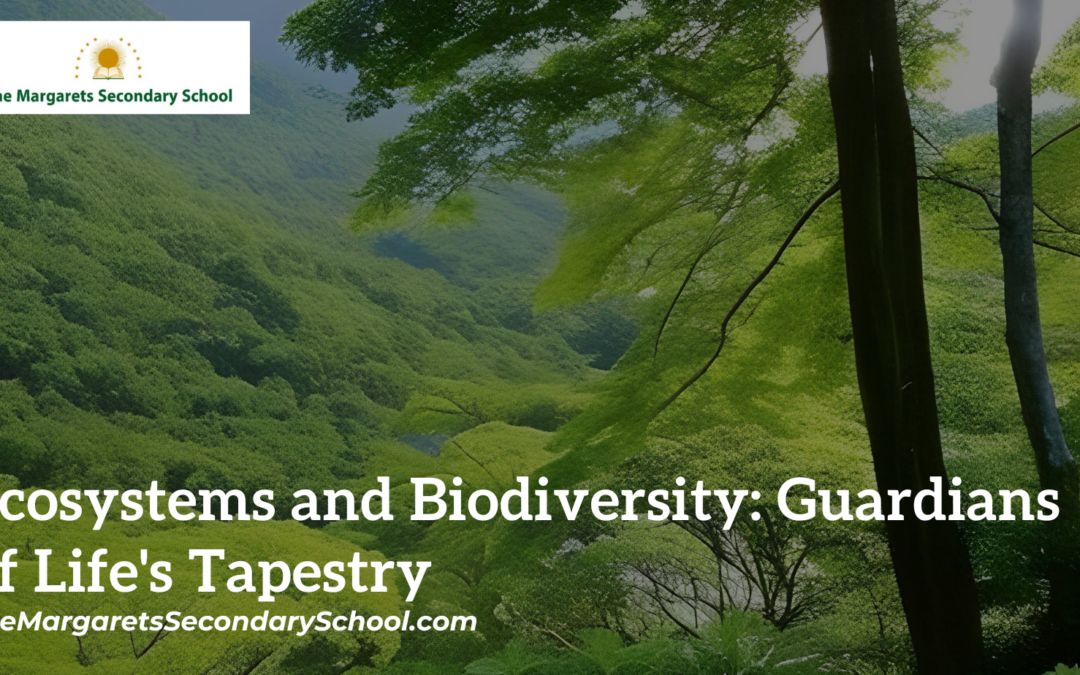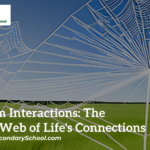Ecosystems and Biodiversity
The Earth is a canvas painted with an array of vibrant colors, each representing a unique species and ecosystem. This diversity of life, known as biodiversity, is the thread that weaves together the intricate fabric of our planet’s ecosystems. From the lush rainforests to the vast oceans, biodiversity plays a critical role in shaping the beauty, resilience, and functionality of the natural world.
Biodiversity: The Symphony of Life
Biodiversity encompasses the variety of life forms on Earth, including plants, animals, microorganisms, and the ecosystems they inhabit. This diversity is not just an aesthetic marvel; it is the result of billions of years of evolution, adapting species to an astonishing array of environmental niches.
There are three primary levels of biodiversity:
- Species Diversity: This refers to the variety of different species present in a particular area or ecosystem. The more species there are, the richer the biodiversity.
- Genetic Diversity: Within each species, there is genetic variation that allows organisms to adapt to changing environmental conditions. Genetic diversity is essential for the long-term survival of species.
- Ecosystem Diversity: This pertains to the range of different ecosystems and habitats present in a region. Each ecosystem provides unique ecological services and supports a distinct set of species.
Ecosystems: The Homes of Biodiversity
Ecosystems are the living communities and their physical environments where biodiversity thrives. Each ecosystem, whether a forest, desert, coral reef, or grassland, provides a home and resources for a myriad of species. The interactions between species and their environments create complex webs of relationships that define the balance and health of ecosystems.
Biodiversity within ecosystems offers numerous benefits. It enhances ecosystem stability, promotes nutrient cycling, supports pollination, and increases resistance to disturbances such as diseases and climate fluctuations. The loss of even a single species can have cascading effects throughout an ecosystem.
The Value of Biodiversity
Biodiversity is not only a source of wonder and inspiration but also a critical resource with tangible benefits for humanity. Many of our daily needs, from food and medicine to clean air and water, are provided by ecosystems and their biodiversity. Biodiverse ecosystems also contribute to cultural and recreational values, offering places of solace and connection with nature.
Biodiversity also serves as a biological “insurance policy.” The greater the biodiversity, the more likely ecosystems are to have species that can adapt to changing conditions, helping ecosystems remain resilient in the face of challenges.
Threats to Biodiversity: Human Footprints
Despite the remarkable value of biodiversity, it is facing unprecedented threats. Human activities such as habitat destruction, pollution, overexploitation, and climate change are driving species extinction rates at an alarming rate. These threats disrupt ecosystems, disrupt species interactions, and compromise the stability of entire ecosystems.
Conservation and Hope
Conservation efforts are essential to safeguarding biodiversity and the functioning of ecosystems. Protected areas, sustainable resource management, habitat restoration, and international agreements all play a role in mitigating the impact of human activities on biodiversity.
Promising initiatives like rewilding and habitat corridors aim to restore ecosystems by reintroducing keystone species and reconnecting fragmented habitats. Additionally, awareness campaigns and education are crucial to inspire people to value and protect the planet’s rich biodiversity.
Conclusion: Stewards of the Living Tapestry
Ecosystems and biodiversity are intertwined in a delicate dance that sustains life as we know it. As stewards of this living tapestry, it is our responsibility to recognize the value of biodiversity, protect it from threats, and work towards harmonious coexistence with the natural world. Preserving biodiversity is not just a conservation goal; it’s an investment in the health and well-being of both present and future generations, ensuring that Earth’s incredible array of life continues to thrive for millennia to come.





